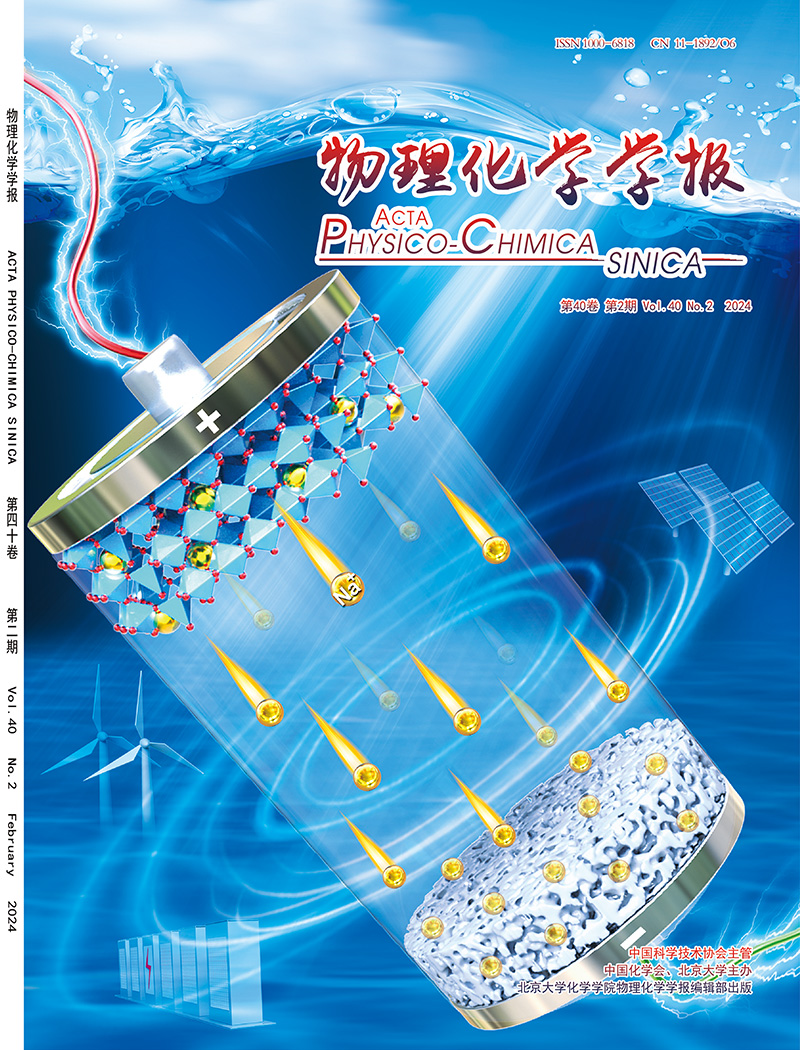Adjusting the electronic structure of Keggin-type polyoxometalates to construct S-scheme heterojunction for photocatalytic hydrogen evolution
IF 13.5
2区 化学
Q1 CHEMISTRY, PHYSICAL
引用次数: 0
Abstract
The sluggish electron migration rate and pronounced electron-hole recombination, pose significant obstacles to achieving high photocatalytic efficiency. The utilization of multiple catalysts for the construction of heterojunctions can effectively enhance charge separation. A series of Keggin-type hollow dodecahedral polyoxometalates were prepared via hydrothermal synthesis, and their molecular orbitals were modified through the addition of metal elements. The incorporation of metal elements modulated the electronic structure of polyoxometalates, effectively enhancing the electron aggregation capability of polyoxometalates. Single-component catalysts often face serious hole-electron recombination. In order to solve this problem, the scheme of constructing heterojunction is proposed to improve the electron transport efficiency. By immobilizing ZnCdS nanoparticles onto the polyoxometalate surface, the heterojunction architecture was engineered to significantly enhance the interfacial charge transfer capability. Density Functional Theory (DFT) calculations and the experimental results indicate that the modulation of metallic components renders the polyoxometalate a more favorable energy-level orbital. The catalytic mechanism of ZnCdS and KMoP S-scheme heterojunction was also verified. The formation of S-scheme heterojunctions further improves the electron transfer efficiency compared to other traditional heterojunctions, achieving efficient utilization of photo generated electrons and holes. Additionally, the S-scheme heterojunction shifts the catalystʼs d-band center closer to the Fermi level, thereby improving electrical conductivity. This article provides a new approach for energy level regulation of polyoxometalates and the design of S-scheme heterojunctions.

调整keggin型多金属氧酸盐电子结构构建s -图式异质结用于光催化析氢
缓慢的电子迁移速率和明显的电子-空穴复合是实现高光催化效率的重要障碍。利用多种催化剂构建异质结可以有效地促进电荷分离。采用水热合成法制备了一系列keggin型中空十二面体多金属氧酸盐,并通过添加金属元素对其分子轨道进行了修饰。金属元素的掺入调制了多金属氧酸盐的电子结构,有效地增强了多金属氧酸盐的电子聚集能力。单组分催化剂往往面临严重的空穴-电子复合。为了解决这一问题,提出了构建异质结的方案,以提高电子传递效率。通过将纳米ZnCdS固定在多金属氧酸盐表面,设计了异质结结构,显著提高了界面电荷转移能力。密度泛函理论(DFT)计算和实验结果表明,金属组分的调制使多金属氧酸盐具有更有利的能级轨道。验证了ZnCdS与KMoP S-scheme异质结的催化机理。与其他传统异质结相比,S-scheme异质结的形成进一步提高了电子传递效率,实现了光生电子和空穴的高效利用。此外,s型异质结使催化剂的d带中心更靠近费米能级,从而提高了导电性。本文为多金属氧酸盐的能级调控和s型异质结的设计提供了一种新的途径。
本文章由计算机程序翻译,如有差异,请以英文原文为准。
求助全文
约1分钟内获得全文
求助全文

 求助内容:
求助内容: 应助结果提醒方式:
应助结果提醒方式:


